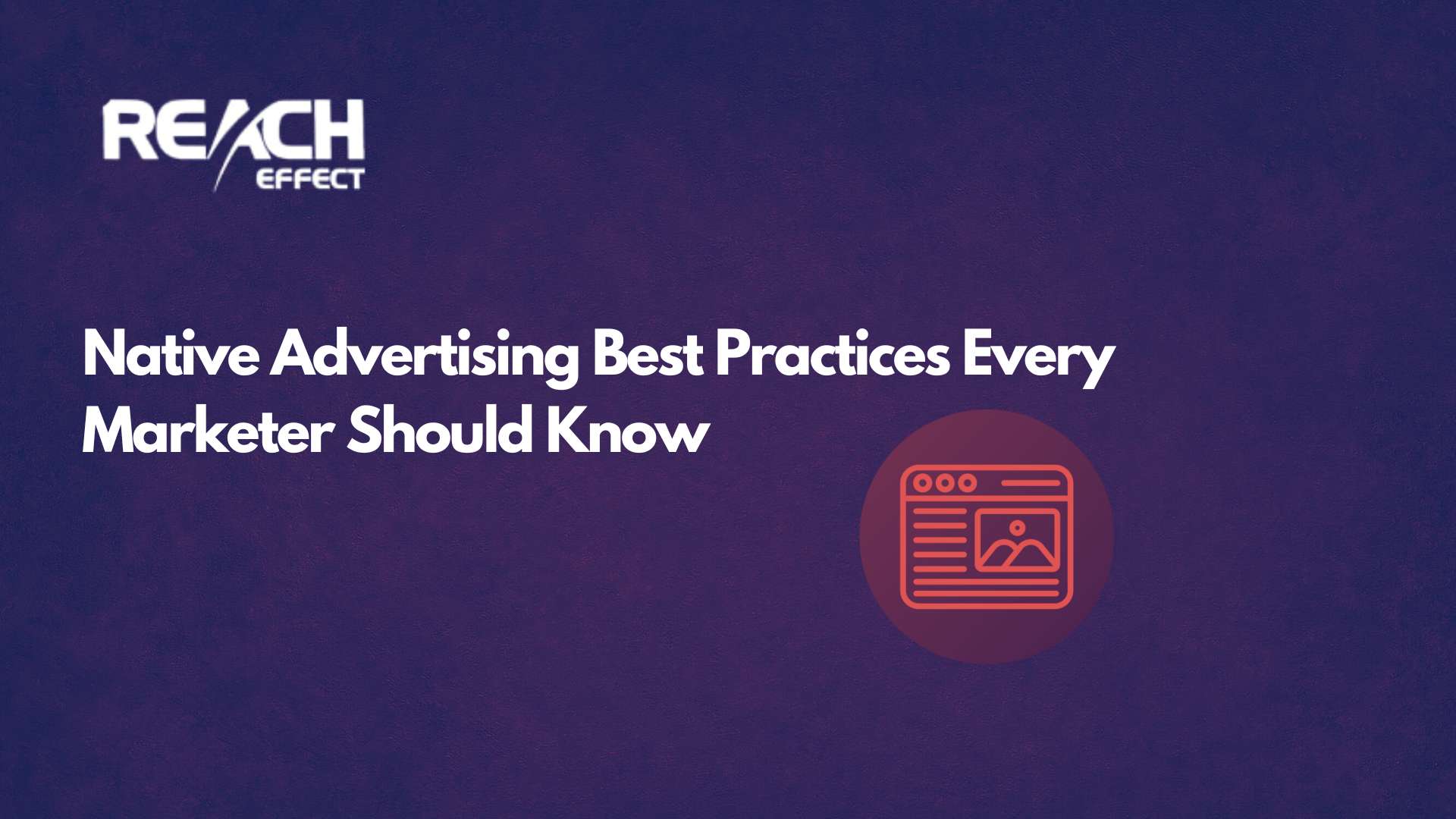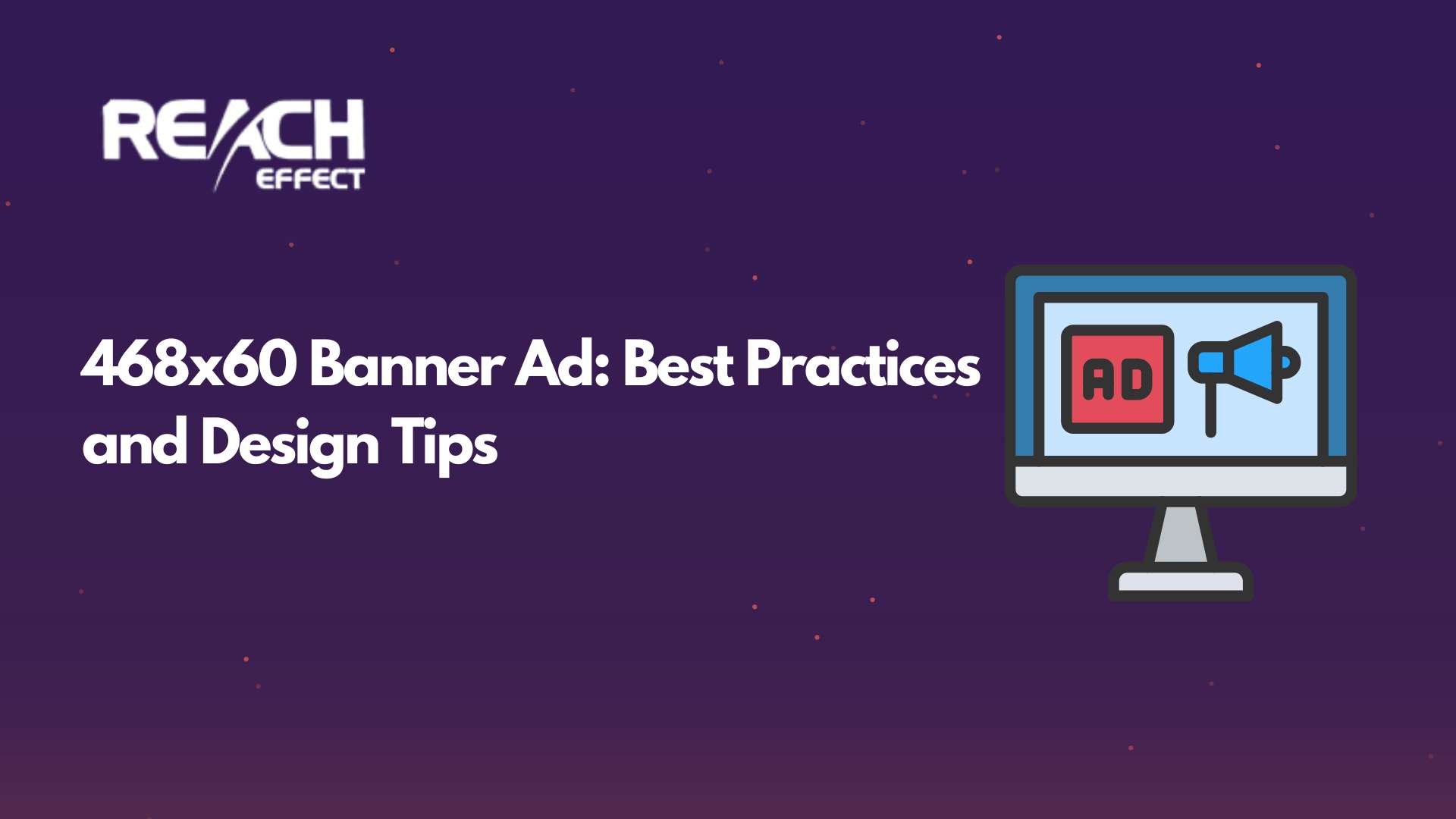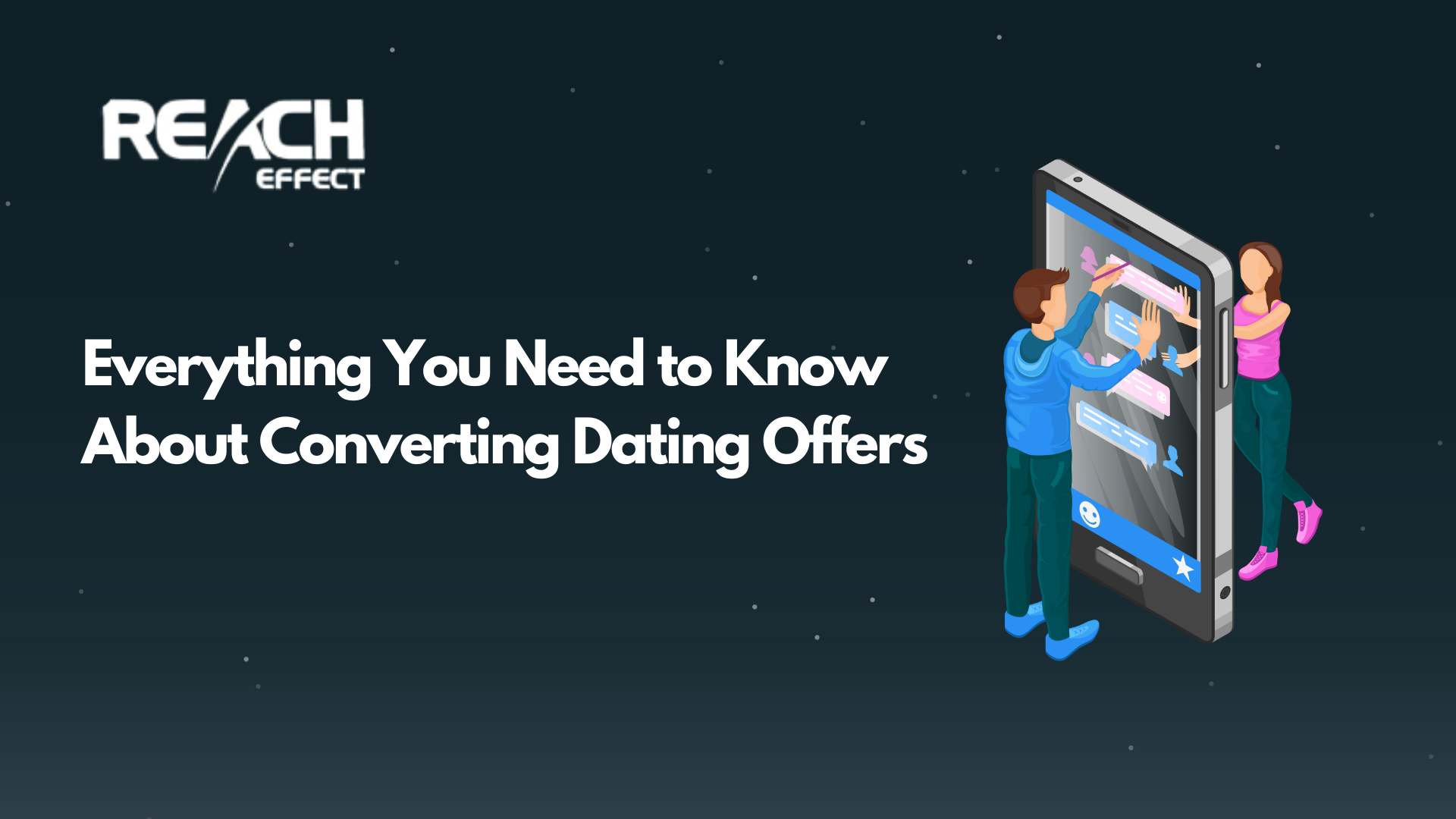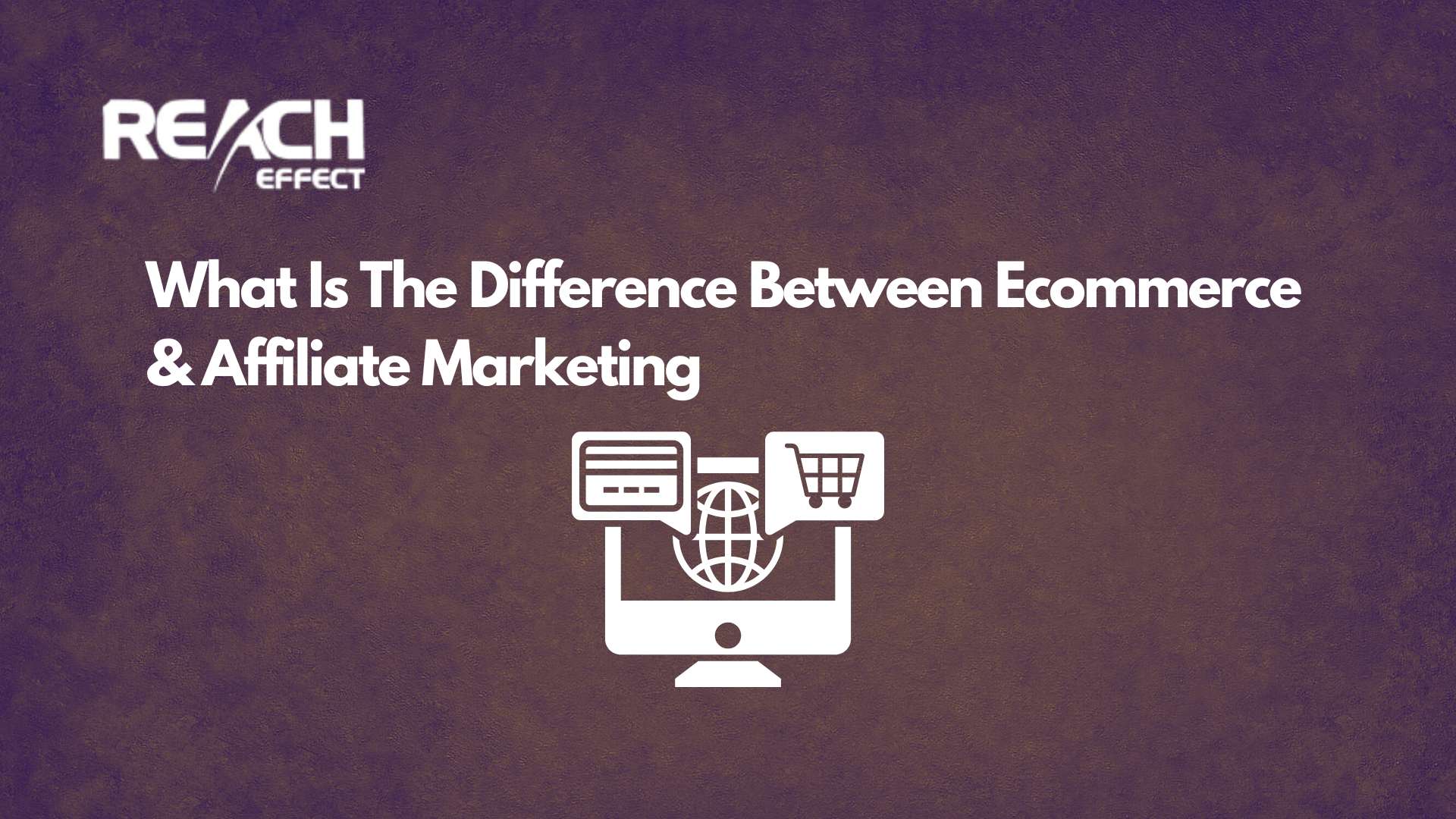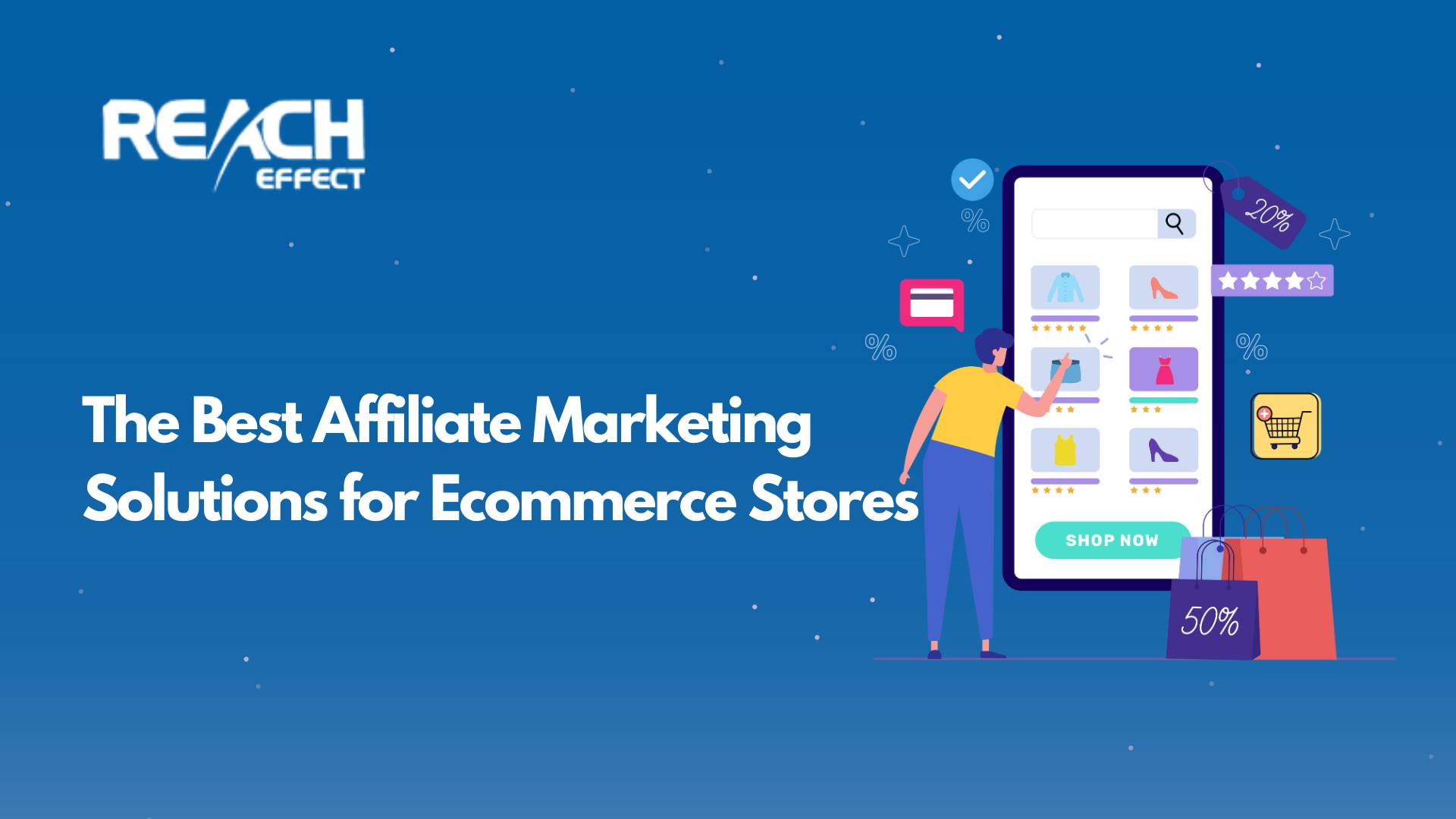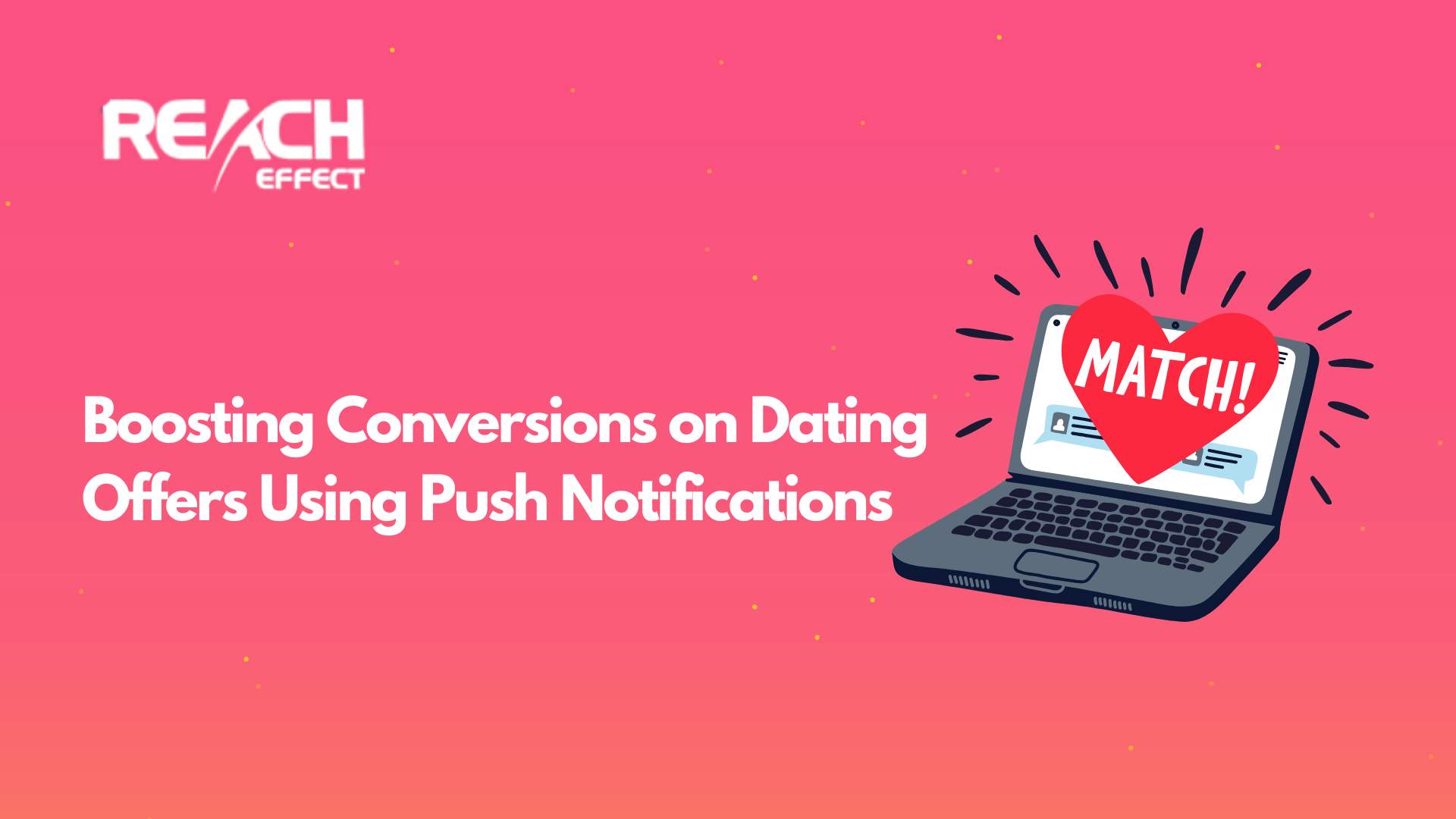I’ve been working in digital advertising for years now, and I can tell you that native advertising has completely changed how we connect with audiences. Gone are the days when people would click on banner ads without thinking twice. Today’s consumers are smart, skeptical, and incredibly good at tuning out anything that screams “advertisement.”
That’s where native advertising comes in. When done right, it doesn’t interrupt the user experience. Instead, it becomes part of it. But here’s the thing: there’s a massive difference between native ads that perform and those that fall flat. I’ve seen campaigns soar and others crash, and the difference almost always comes down to following best practices.
Understanding What Makes Native Advertising Work
Before we dive into the specifics, let me be clear about what native advertising actually is. These are paid ads that match the form, feel, and function of the platform they appear on. Think sponsored posts on social media, recommended content widgets on news sites, or promoted listings on e-commerce platforms.
The beauty of native advertising is that it doesn’t disrupt the user experience. When someone reads an article on their favorite news site, a well-crafted native ad appears as another interesting story to explore. That seamless integration is what makes it so effective, but it also means you need to be incredibly thoughtful about how you approach it.
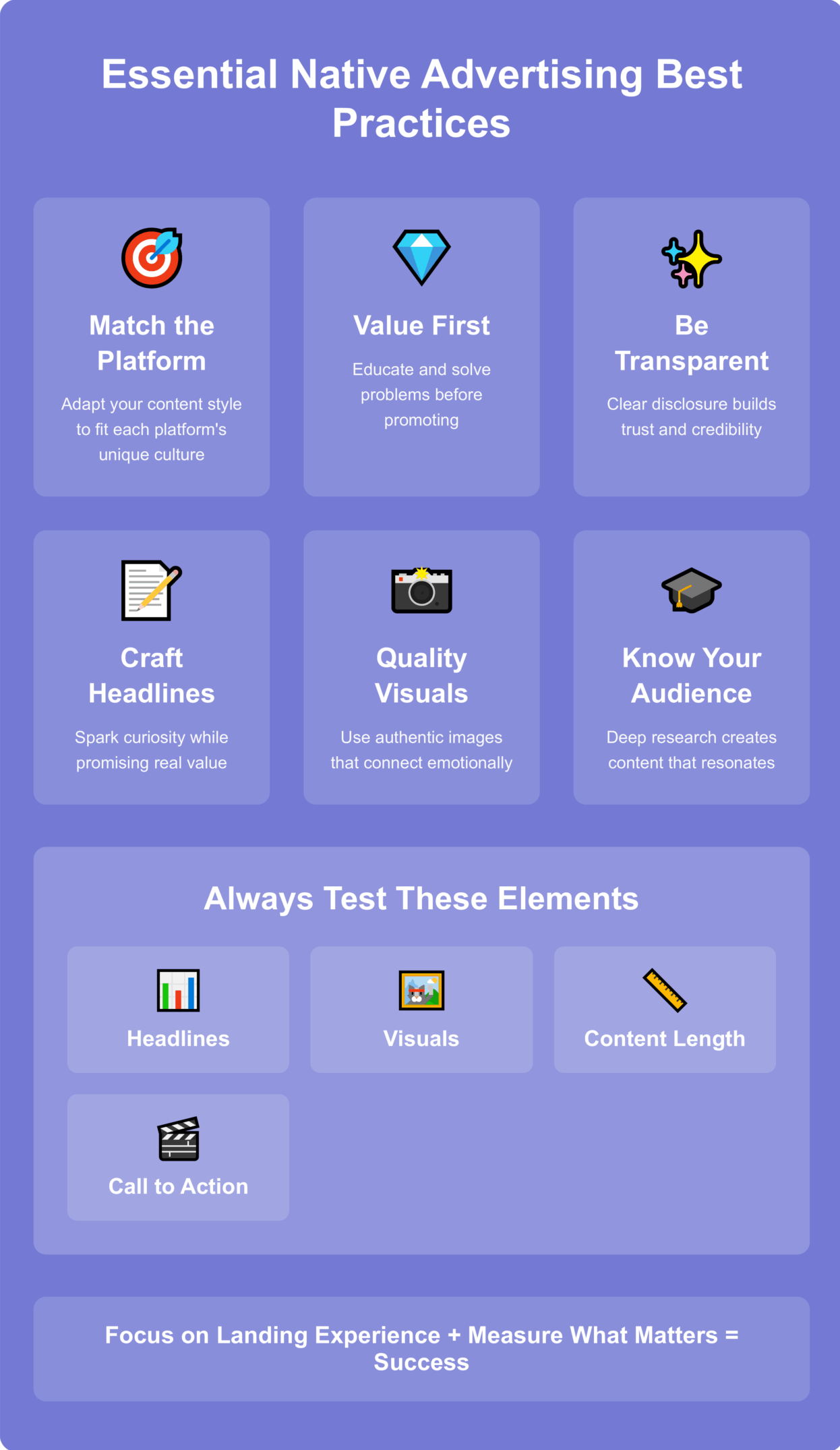
Match Your Content to the Platform
One of the biggest mistakes I see marketers make is creating one piece of content and trying to use it everywhere. That approach might save time, but it kills performance.
Each platform has its own culture, audience expectations, and content style. What works on LinkedIn won’t necessarily work on a lifestyle blog. On professional platforms, your native ads should be informative and data-driven. On entertainment sites, they need to be engaging and story-focused.
I always spend time researching the platform before creating content. I look at what types of articles get the most engagement, how headlines are typically written, and what tone the editorial content uses. Then I mirror that style with my native ads. The goal is to make your ad feel like it belongs there naturally.
Prioritize Value Over Promotion
This is probably the most important native advertising best practice I can share. Your native ads need to provide genuine value to the reader. If someone clicks on your content and immediately realizes it’s just a sales pitch, they’ll bounce faster than you can say “conversion rate.”
I approach native advertising like I’m writing content for a magazine. The focus should be on educating, entertaining, or solving a problem for the reader. Yes, your brand should be part of the story, but it shouldn’t be the whole story.
For example, if you’re a fitness brand, don’t create a native ad that just lists your product features. Instead, write about common workout mistakes and how to avoid them. Mention your product naturally within that context, showing how it helps solve the problems you’ve discussed.
Transparency Builds Trust
I need to be straight with you about this: transparency isn’t optional anymore. It’s required by law in most places, and more importantly, it’s essential for maintaining audience trust.
Always clearly label your native ads as sponsored content, promoted posts, or whatever designation the platform requires. Some marketers worry this will hurt performance, but I’ve found the opposite to be true. People appreciate honesty, and they’re more likely to engage with content when they know exactly what they’re looking at.
The key is making your disclosure clear without making it the only thing people notice. Most platforms have standard ways to label sponsored content that feel natural and don’t detract from the user experience.
Write Headlines That Spark Curiosity
Your headline is everything in native advertising. It’s what determines whether someone clicks or scrolls past. I’ve spent countless hours testing headlines, and I can tell you the best ones do two things: they create curiosity and promise value.
Avoid clickbait, though. There’s a big difference between intriguing and misleading. A headline like “You Won’t Believe What Happened Next” might get clicks, but it damages your credibility. Instead, try something like “5 Marketing Mistakes That Cost Us $50,000 (And How We Fixed Them).” It’s specific, promises value, and creates curiosity about what those mistakes were.
I also pay attention to headline length. Different platforms have different optimal lengths, but generally, you want to stay between 50-70 characters for most native ad placements.
Use High-Quality Visuals
The image or video you choose for your native ad matters just as much as your headline. I always select visuals that are authentic and relevant to the content. Stock photos that look too polished or generic can actually hurt performance because people recognize them instantly.
If you’re working with Reacheffect or similar platforms, you’ll want to test different visual styles to see what resonates with your target audience. Sometimes a simple, clean image outperforms something more elaborate. Other times, bold colors and dynamic compositions work better.
One thing I’ve learned is that faces tend to perform well in native ads. Images of real people create an emotional connection and make content feel more relatable. Just make sure the people in your images authentically represent your brand and audience.
Know Your Audience Deeply
This might sound obvious, but you’d be surprised how many marketers skip proper audience research. Understanding who you’re targeting goes beyond basic demographics. You need to know what problems they’re facing, what content they typically consume, and what motivates them to take action.
I create detailed audience personas before launching any native advertising campaign. These personas include information about their goals, challenges, preferred content formats, and even the time of day they’re most active online. This level of detail helps me create content that truly resonates.
When you’re working with a platform like Reacheffect, you have access to targeting options that can help you reach exactly the right people. But those tools are only as good as your understanding of who those right people are.
Test and Optimize Continuously
Native advertising isn’t a set-it-and-forget-it strategy. The best practices for native advertising include constant testing and refinement. I’m always running A/B tests on headlines, images, content length, and calls to action.
Here’s what I typically test:
Headlines: Try different angles, lengths, and emotional triggers to see what drives the most clicks.
Visuals: Test various image styles, from lifestyle shots to product-focused images.
Content length: Some audiences prefer quick reads while others want in-depth analysis.
Calls to action: Experiment with different placements and wording to improve conversion rates.
The data you gather from these tests is gold. It tells you exactly what your audience responds to, allowing you to refine your approach over time.
Focus on the Landing Experience
Getting someone to click your native ad is only half the battle. What happens after that click is equally important. I make sure the landing page continues the experience that the ad promised.
If your native ad is styled like editorial content, don’t send people to a hard-sell product page. Instead, create a landing page that maintains that editorial feel while naturally guiding visitors toward conversion. The transition should feel smooth and logical, not jarring.
Page load speed matters too. I’ve seen great native ads fail because the landing page took too long to load. People expect instant results, and every second of delay increases your bounce rate.
Measure What Matters
Finally, you need to track the right metrics. Click-through rate is important, but it’s not the whole story. I look at engagement metrics like time on page, scroll depth, and social shares to understand if my content is actually resonating.
Conversion metrics are obviously crucial too. Whether you’re tracking newsletter signups, product purchases, or contact form submissions, you need to know if your native ads are driving real business results.
I also pay attention to cost metrics. Native advertising can be incredibly cost-effective, but you need to monitor your cost per click and cost per conversion to ensure your campaigns remain profitable.
Wrapping Up
Native advertising has become one of the most effective tools in the digital marketing toolkit, but only when it’s done right. The best practices I’ve shared here aren’t just theoretical concepts. They’re strategies I’ve tested and refined through years of running campaigns across different industries and platforms.
The key is to always think about the user experience first. When you create native ads that genuinely help or entertain your audience, performance takes care of itself. Combine that user-first approach with smart targeting, continuous optimization, and compelling creative, and you’ve got a formula for native advertising success.
Remember, every audience is different, and what works in one industry might not work in another. Use these best practices as a foundation, but don’t be afraid to experiment and find what works specifically for your brand and audience.

